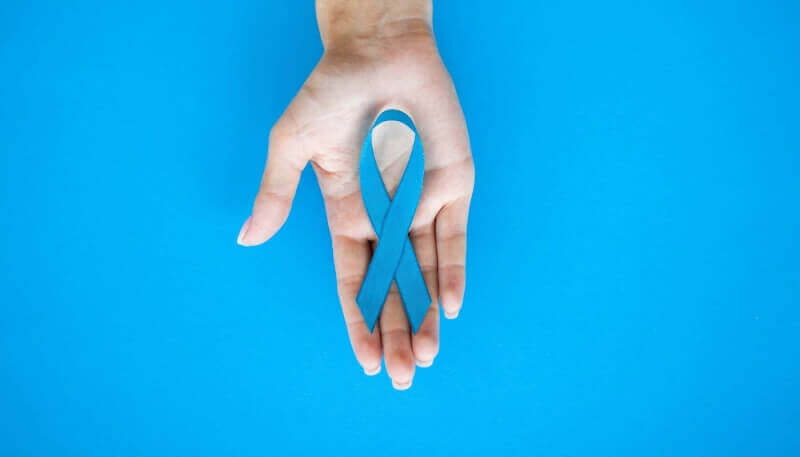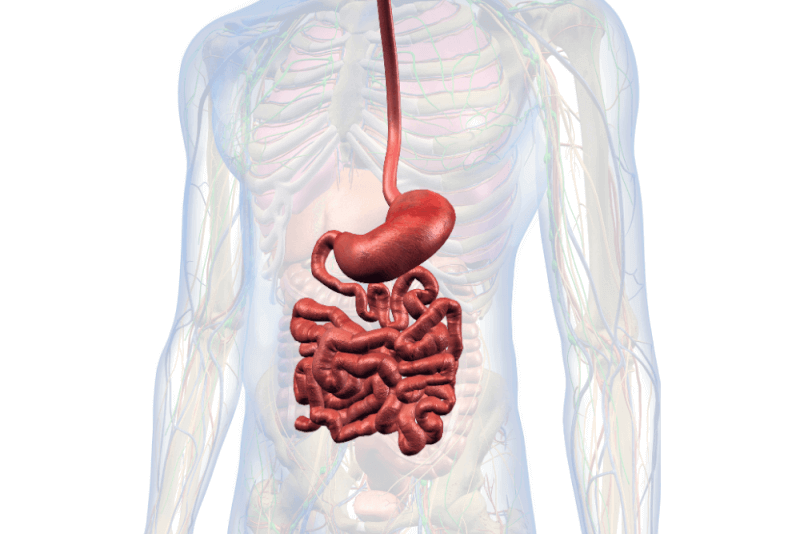30 Second Summary
- Achalasia is a digestive system disorder characterized by the accumulation of swallowed food in the esophagus due to the sphincter between the esophagus and the stomach not working properly.
- It usually occurs in people over 50, but can occur at any age.
- The exact cause is unknown, but there are thought to be some risk factors, such as autoimmune diseases, genetic factors and esophageal cancer.
- The most common symptoms are difficulty swallowing, chest pain, a feeling of fullness in the chest after swallowing and weight loss.
- Different methods such as drug therapy, surgical treatment and nutritional therapy are used in its treatment.
What is achalasia?
Achalasia, one of the diseases of the digestive system, is a rare disease in the community. It is usually seen in older adults, but it can rarely be seen in people in childhood. The definition of achalasia can be made as the accumulation of food in the esophagus when the sphincter between the esophagus and the stomach does not open by fulfilling its normal function. These problems with the sphincter muscle can be caused by nerve damage or by muscle-related disorders.
The risk of aspiration is increased in patients with achalasia. Patients are therefore in danger of suffocation. On the other hand, the symptoms of achalasia can be confused with those of other diseases. For example, in both gastric reflux and achalasia, food comes back into the mouth and both cause pain in the chest. For this reason, it is important that patients can clearly describe the symptoms to the physician.
Types of achalasia
High-resolution manometry (HRM), which has been frequently used for the treatment of achalasia in recent years, has begun to divide achalasia into 3 subtypes. Patients with achalasia type 1 have no contraction of the esophagus. In achalasia type 2, patients experience simultaneous contractions of the esophagus after swallowing. In achalasia type 3, patients have high amplitude and prolonged contractions in the middle and distal esophagus.
Symptoms of achalasia
The most characteristic feature of achalasia is that patients have difficulty swallowing. In addition, patients often experience a feeling of getting stuck in their throat. For this reason, throat irritation and cough are also seen in these patients.
In the early stages of the disease, the symptoms experienced by patients are not very severe. However, as the disease progresses, patients experience more discomfort. Over time, these patients may start to have difficulty swallowing solid foods. In addition to these, other symptoms seen in patients are as follows.
- Weight loss,
- Pneumonia in patients with aspiration,
- Burping,
- Gagging,
- Vomiting
- feeling pain and discomfort after eating,
- Burning in the stomach and chest,
- Pain and discomfort in the chest,
Causes of Achalasia
Achalasia can occur for many reasons.
Hereditary
Achalasia is more common in people whose family members also have stomach disorders.
Autoimmune Diseases
Autoimmune diseases, which are used as a general definition of diseases that damage the body's own tissues, can also damage the sphincter muscles or the nerves located there. For this reason, the risk is increased in people with autoimmune diseases.
Esophageal Cancers
Esophageal cancers can play a role in both the onset and exacerbation of achalasia.
Pathological Causes
Parasites and viruses in the esophagus also play a role in the development of achalasia. Viruses in particular can attack the nerves here.
How is Achalasia Diagnosed?
In patients who consult a doctor with various symptoms, symptoms such as difficulty in swallowing and inability to swallow solid foods over time are reasons that increase the possibility of achalasia. If achalasia is suspected, patients undergo some tests.
Esophageal Manometer
It is one of the most important tests used to diagnose achalasia. In this test, a special tube is inserted into the patients' esophagus and the movements of the lower esophageal sphincter are investigated while the patients swallow. With this method, it is possible to determine whether activity is easily determined.
Imaging Methods
X-rays and other imaging methods are used to investigate the entire esophagus and to determine whether other eating disorders are present.
Endoscopy
In endoscopy, a tube with a camera and light at the end is inserted into the patient's digestive tract and the entire digestive tract up to the duodenum can be easily visualized.
Barium Ingestion
Barium swallowing is the least used diagnostic method for the diagnosis of achalasia. In this test, patients are asked to swallow liquid barium. The progress of the barium through the digestive tract is then visualized using X-rays. This imaging can detect any blockage in the system.
Achalasia Treatment
Unfortunately, there is no treatment for paralysis of the lower esophageal sphincters. No treatment can ensure that the muscles regain their former function. However, some treatment methods can help alleviate symptoms and improve the quality of life of patients.
Surgical methods are used in the treatment of achalasia. The disease can be intervened with many different methods. Thanks to these surgical procedures, it is possible to make permanent changes in the function of the sphincters that can lead to symptom relief.
Pneumonic Dilatation
With this surgical method, also called balloon dilatation, patients' lower esophageal sphincters are dilated. A special balloon is inserted into the esophagus and then inflated. This causes the sphincter muscles to dilate. This change in muscles allows patients to swallow more easily and food to reach the stomach. In some patients, some tears may occur in the muscles due to this enlargement. In this case, patients need to undergo other surgical interventions.
Esophagomyotomy
It is a surgical procedure applied in patients where pneumonic dilatation does not give successful results. In this method, a small incision is applied to the patients. Afterwards, the muscle at the lower end of the esophageal sphincters is cut through this incision to enlarge this area. Gastric reflux can be seen in patients after this procedure. For this reason, patients may experience heartburn or regurgitation of food into the mouth.
Heller Myotomy
Heller's myotomy is a minimal surgical procedure in which 5 small incisions are made. A technique called partial fundoplication is applied through these incisions. The biggest advantage of this technique is that it reduces the possibility of gastric reflux.
Drug Treatments
Patients who are not suitable for surgery are treated with medication. Among drug treatments, muscle relaxants have priority. Botox treatment is also used to relax the lower esophageal sphincters. However, since these treatments do not provide a permanent effect, they are only applied to people who are not suitable for surgery.
Nutrition for Patients with Achalasia
For patients with achalasia, nutrition is extremely important to support treatment. Detailed nutritional history should be taken before giving nutritional therapy to patients. Afterwards, the foods to be selected are determined in accordance with the complaints of the patients. The general nutritional recommendations for patients are as follows.
- Fried, bitter, strong tea and coffee, spicy foods, carbonated drinks are excluded from the diet.
- Food should be chewed thoroughly when consumed.
- Some water should be consumed after each meal.
- Increase the number of meals and decrease the amount of meals.
- Soft and low-pulp foods should be preferred.










